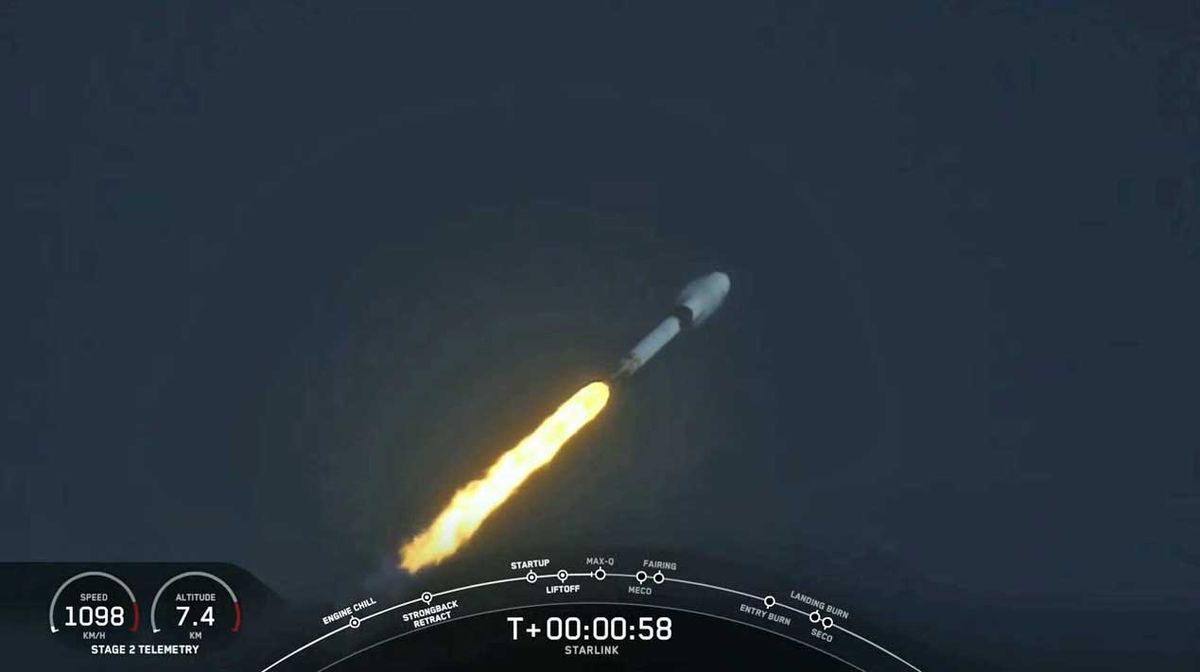Starlink is a project that aims to cover the Earth in thousands of small low orbit satellites, eventually providing high speed internet access to the world, including the most remote regions. SpaceX projects near-global coverage of the satellites within the next two years.
This successful launch is another milestone for the project, which will help fund Elon Musk's Mars ambitions. While the satellites made it, the Falcon 9 had an engine failure and didn't successfully land itself, splashing in the ocean. It was a record-breaking fifth re-use of that Falcon 9.

SpaceX launches 60 Starlink satellites into orbit, misses rocket landing
The Falcon 9 rocket had launched a record 5 times.
CAPE CANAVERAL, Fla. — SpaceX successfully launched a new batch of 60 Starlink satellites into orbit today (March 18), despite an engine cutout during the flight, but was unable to stick a rocket landing at sea to cap the mission.
The extra sooty Falcon 9 — which made a record fifth launch with today's flight —lifted off at 8:16 a.m. EDT (1216 GMT) from Launch Pad 39A at NASA's Kennedy Space Center here in Florida, its white exterior marred by its four previous trips through the atmosphere.
SpaceX CEO Elon Musk said the Falcon 9 experienced the loss of one of its nine engine during the trip to space, but was still able to deliver its Starlink satellite haul into orbit.
"There was also an early engine shutdown on ascent, but it didn't affect orbit insertion," Musk wrote on Twitter after the launch. "Shows value of having 9 engines! Thorough investigation needed before next mission."
An attempt to land the Falcon 9's first stage in the Atlantic Ocean on SpaceX's drone ship "Of Course I Still Love You" was not successful.
"Our first stage successfully separated from the second stage, but unfortunately we did get confirmation that we were not able to land that first stage today," SpaceX manufacturing engineer Jessica Anderson said during live launch commentary. While that was disappointing, she added, but the primary Starlink mission went on as planned.
Today's on time liftoff came three days after SpaceX's first attempt. That initial flight was postponed when an engine issue triggered a last-second abort.
For a primer on Starlink, see below:
